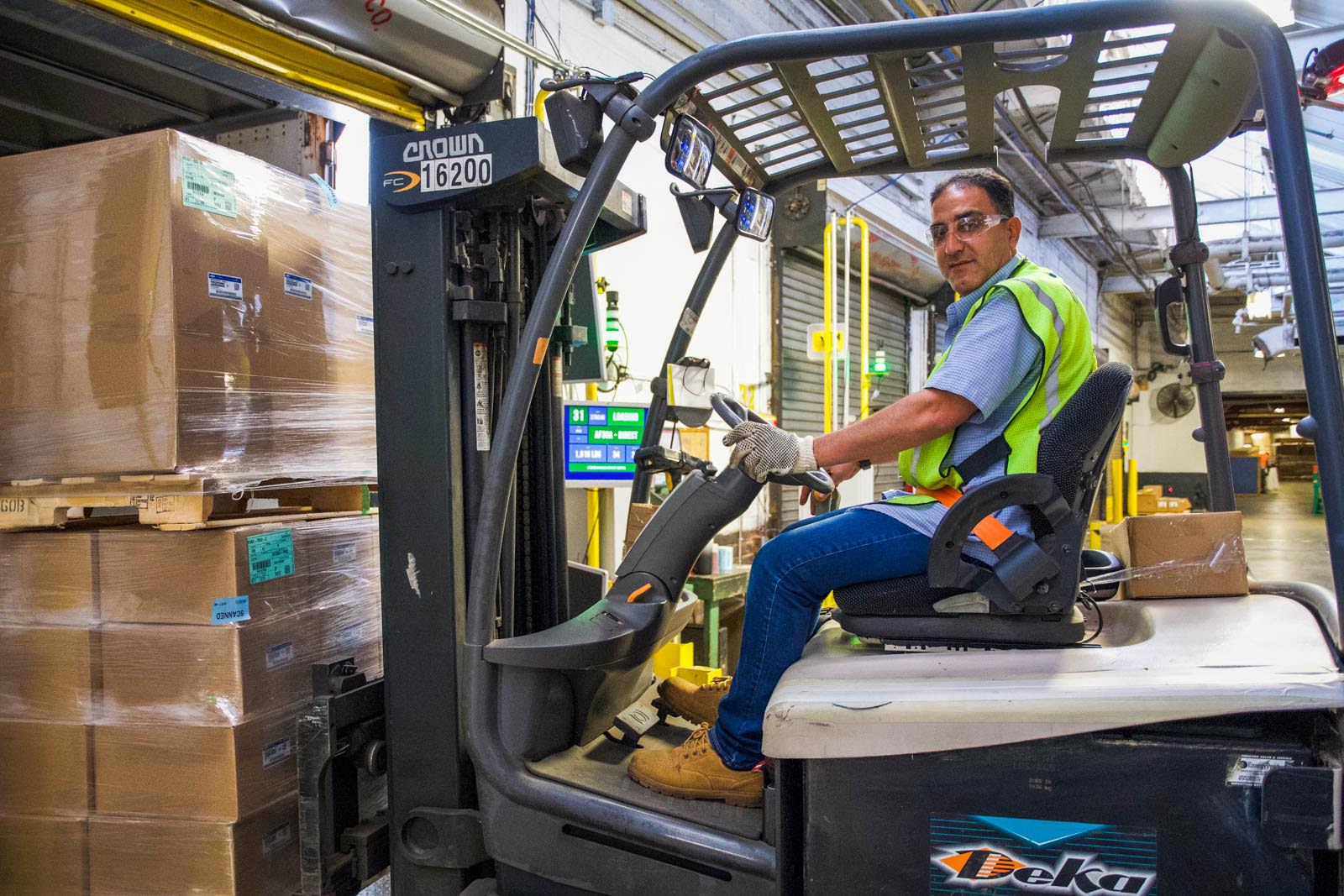How to Load and Unload Cargo Safely
Transporting loads is a very dangerous operation. It might seem like a simple task of taking stuff from one place to another, but loading, unloading, and transporting cargo can cause serious injury and even fatality.
In 2018, there were a reported 221,400 workplace related injuries in the transportation and warehousing industry reported to the Bureau of Labor Statistics.
Workers loading and unloading cargo are exposed to serious danger in that heavy objects may hit or fall on them if they don’t follow the right loading and unloading safety procedures. Following the proper safety procedures will keep your warehouse organized and employee conditions safe.
Drivers may cause accidents if they don’t drive safely while carrying heavy loads. The same thing can happen if the weight of the cargo is not distributed well, thus compromising the driver’s control of the vehicle. What makes transporting loads more dangerous is the possibility of risking the lives of pedestrians on the road.
This can happen when loads are not securely fastened to the vehicle and end up rolling onto the road and hitting other vehicles or obstructing their path.
Best Practices for Loading and Unloading Heavy Cargo
- Ensure that the loading area has good lighting at all times. The loading area should also be away from both vehicles and pedestrians.
- Ensure that the loading area is firm, flat, clean, and free from potholes and other obstructions that may cause slips or trips.
- Inspect the vehicle and make sure that horns, reflectors, lights, and other safety features are in good condition.
- Provide guards for dangerous parts of the vehicle, such as chain drives, power take-off devices, and exposed exhaust pipes.
- Before loading or offloading transport, ensure that the vehicle is braked and stabilized.
- Clean out any junk or loose materials (crates, cables, wires, chains, and bins) in the vehicle before loading tools or equipment.
- When securing cargo in the vehicle, one tie-down must be used for every 10 feet of cargo. Make sure to use at least two tie-downs for any cargo regardless of its length.
- Use a red flag to mark loads that extend more than three feet beyond the body of the vehicle. When transporting cargo at night, use a red light instead of a flag.
- Use at least four binders for loads like pipes and logs that are 27 feet long. Ensure that the spacing between binders is equal.
- Never load unsecured items on the back seat or rear window deck of the vehicle. This can cause the load to hit passengers or the driver when the vehicle comes to a sudden stop.
- As much as possible, use a compartment or toolbox to keep small items secure in a vehicle. If this is not feasible, use a tarp to cover the small items, making sure that it is securely tied down with ropes or straps.
- When on the road, stop frequently to check your cargo. This is even more necessary when traveling long distances.
- Following a compliant and effective cargo handling process will keep your warehouse conditions safe and organized. A good procedure will also prevent any delays with your clients and increase profitability.





